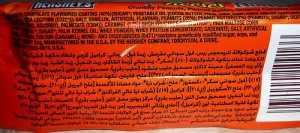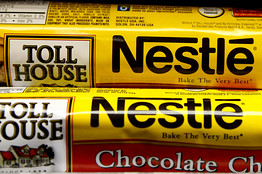Thinking about food safety
Food safety is in the news again.
Congressman John Dingell (D-Mich) is calling on the Senate to get busy and pass the food safety bill that it has been sitting on for the last ten months: “I urge my Senate colleagues to acknowledge this important threat and make legislation addressing it a priority. Until the Senate acts, American families will continue to be at risk.”
If this bill ever passes it will require food companies to develop food safety plans, authorize the FDA to order recalls, and give the FDA better access to company records.
But will it do any good?
Here is one view from Dennis Stearns, counsel in the Seattle law firm, Marler & Clark, which represents victims of foodborne illnesses. In a piece in Food Safety News, “What the oil spill can teach us about food safety,” he notes the endlessly repetitive responses–all talk, no action–to food safety and other crises involving corporate irresponsibility.
He quotes USDA Secretary Vilsack saying, “You can’t have two [food safety] systems and be able to reassure people you’ve got the job covered…This [referring to the peanut recalls of last year] is a grand opportunity for us to take a step back and rethink our approach.'”
Stearns’ piece concludes with this comment on Vilsack’s remarks:
Sadly, this was not the first time that someone had pointed out the need for systemic revision to food safety regulation and inspection in the United States. And neither was it the first time that expressions of outrage over people dying from foodborne illness were followed by no real changes at all. And all I can say about that is: I’m shocked! No, really, I’m shocked!
In contrast, Jim Prevor,who writes as the Perishable Pundit, writes in the online New Atlantis: A Journal of Science and Technology that fixing the FDA will do little to address food safety problems. Instead, he recommends:
- Fix the liability system so retailers as well as producers are liable and make it legal negligence, not strict liability.
- Root out bribery and corruption in food safety certification.
- Invest in state testing laboratories.
- Invest in food safety research.
- Revitalize the Agricultural Extension Service.
- Educate consumers.
I’m not sure about the legal liability issues, but most of the rest are really good ideas and would help a lot. Of course consumers should follow food safety procedures but how about getting safe food to them in the first place?
None of this will happen without policy changes, which is why the food safety legislation matters so much. It’s a national scandal that the Senate is still sitting on that bill.




